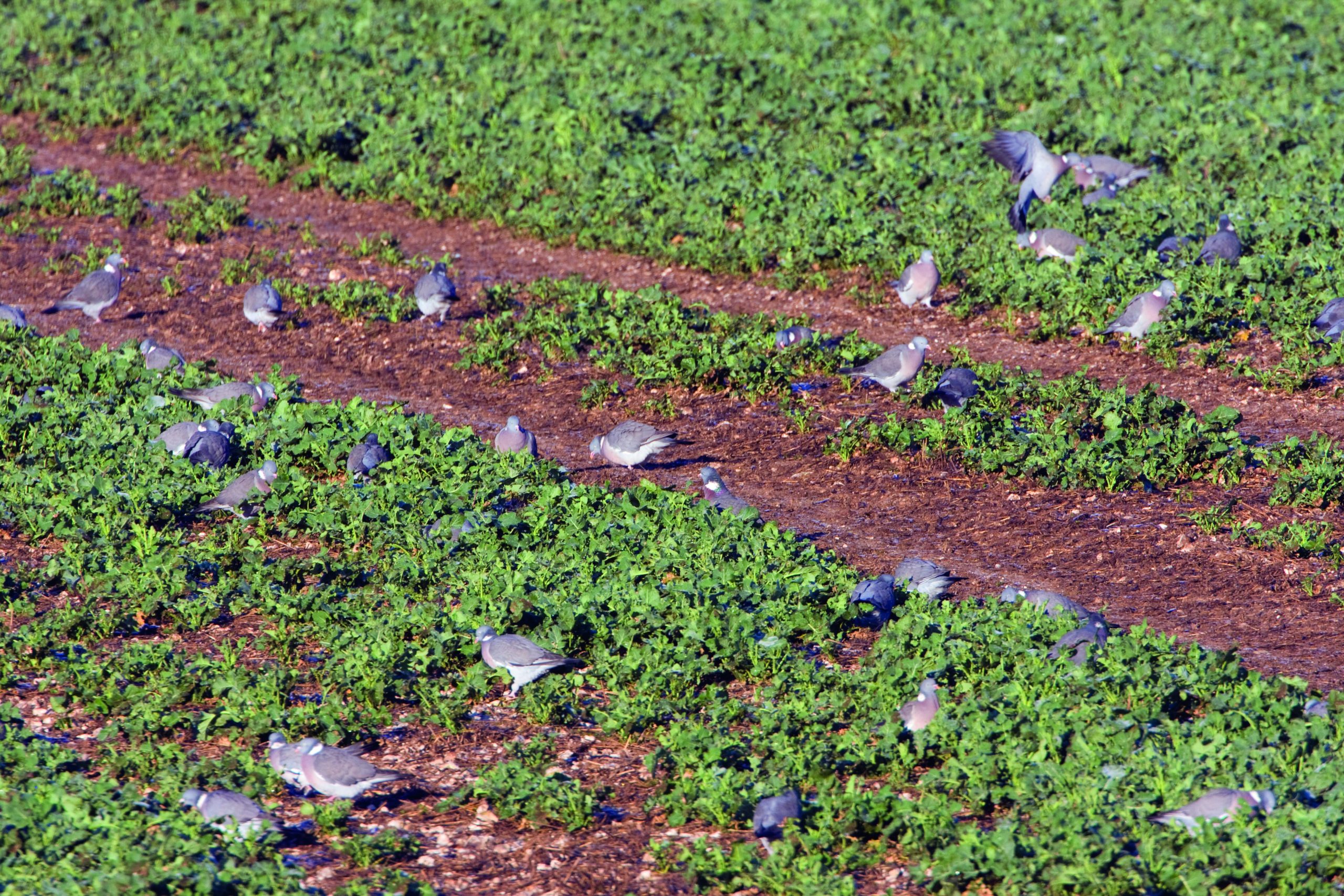It took a while for Peter Theobald to realise that location matters a lot more than appearance when it comes to setting up a hide – as long as the birds can’t see you
When I acquired my first shotgun, aged 14, I became obsessed with the pursuit of the few woodies that lived on our farm on Canvey Island. Though the farm was mainly arable, it was rare to see populations of more than 20 to 30 birds. My tactics, therefore, usually consisted of stalking any bird that I spotted landing anywhere on the farm.
Decoying was an alien concept until I read Archie Coats’s influential book, Pigeon Shooting, where great emphasis was placed on the intelligence of the average pigeon and the need to build effective hides in order to lure them close enough for a shot. To this end, I would go to great lengths to construct my hides from material found on site, ensuring they would blend perfectly with the local background. Indeed, I would usually step back to see if I could conceal them even more. Often, I would construct my hide days in advance in order for pigeons ‘to get used to them’.
Discovery
However, I quickly discovered that while it is easy enough to build a hide that completely conceals you, it often meant I could not see the approaching woodies. So convinced was I that ‘hiding the hide’ was the route to bigger bags, I would not look beyond ‘they must be able to spot the hide’ when birds were not co-operating as well as I thought they should be. Predictably, I followed the route that most decoyers follow and bought a host of different-coloured camo nets, so as to perfectly match one to whatever situation I encountered. It took many years to realise that my hide is rarely, if ever, the reason why pigeons are not decoying. The following incident finally proved it to me.
I had taken some very nice bags (100-plus was considered a good bag in the 1970s) from a field of permanent clover, usually setting up under a favourite sitty
tree bang on the birds’ flightline. I had no reason to believe it would be different on this particular day, especially when around 200 pigeons burst from the oak as I approached.
Pigeons were on the move almost immediately, but instead of dropping in confidently, they ignored my set-up. I fiddled with the hide, adding more foliage to disguise the outline, but still to no avail. In frustration, I took the whole thing down and walked back to my vehicle to see if I could figure out what was going wrong. From my vantage point, I could now see birds had been dropping in on the far side of the field. Then the penny dropped — it was not the hide putting them off, but the fact it was in the wrong spot.

If they are unable to see you, woodpigeon will ignore a hide
Reasoning
While I have a huge regard for the intelligence of all our quarry species, I do not believe they have the ability to reason. It is so easy to apply human logic to the behaviour of pigeons and endow them with powers that they do not possess. A pigeon’s daily routine is governed by habit and instinct, though we may never know how they communicate the information that is vital for them to locate the latest feeding opportunity.
Humans are their main predator and while they soon learn when humans are no threat to them, for example, in parks and gardens, they are more wary once they venture into open countryside. However, this does not mean that, when they leave the safety of towns and parks, they scrutinise every hedgerow in case it conceals a dreaded human. Put simply, if they cannot see you, they will take no notice of your hide.
Once I accepted this basic principle, I could tackle difficult situations with confidence. I will set up in the middle of a field, if my reconnaissance suggests that is the best place, or away from overhanging branches of large trees. Now I can place my hide where I get the best view of approaching birds, meaning I get more time to keep out of sight and prepare for a shot.
I still take care when building my hide, but I am no longer constrained by the fact it may be the ‘wrong’ colour, or that birds can clearly see it in the middle of a field. Looking out of my window, there is a blackthorn bush resplendent in white flowers. Who would build a hide with white camo netting? And would a pigeon notice if you did?




